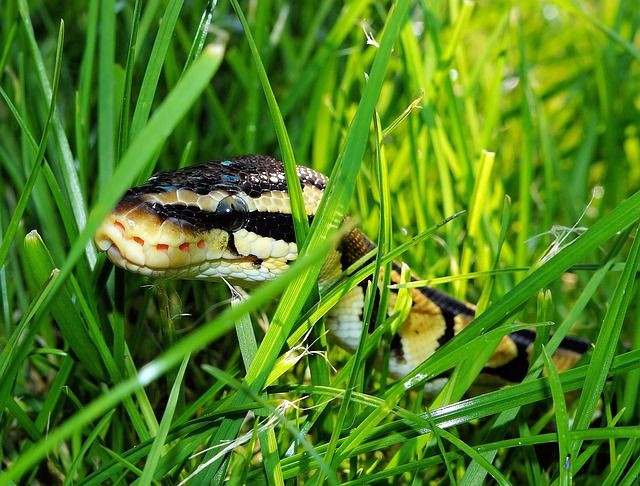Giant ‘Elusive’ Snakes Live Underground In North Carolina: Facts To Know

Snakes over 7 feet long are hard to miss, though state biologists in North Carolina are currently asking for reports on sightings from the general public.
Mainly, the North Carolina Wildlife Resources Commission is asking for any information on the northern pine snake which is not usually seen out in public.
Apparently, the reptile has a high propensity to spend the majority of its time underground.
The following are a few facts you need to know about the serpent which can assist in identifying and reporting the sightings to the N.C. Wildlife Resources Commission.
Habitat and danger level
The northern pine snakes are nonvenomous constrictors that live underground for the majority of their lives.
The northern pine snake spends its time underground within crafted burrows.
By remaining underground, they can stave off the uncomfortable temperatures. They hibernate throughout the winter and emerge during the spring in March and return in October.
They are found in New Jersey, North Carolina, south Kentucky, and Northern Georgia. It is also associated with dry upland forests.
Within these areas, the snakes require forested openings with drained and sandy soils for basking and nesting.
Physical description
The snakes have a distinct head, which looks like the head of a turtle. This is due to the small size relative to the body.
It also has a pointed snout and enlarged rostral scales that assist it in digging better.
Raising their young
The females lay their eggs in the middle of summer in nesting burrows which they return to on an annual basis. The incubation period is between 2 to 3 months.
When the snakes' hatch, they are already 18 inches long and grow to seven feet when they reach maturity.
Conservation
The snake is classified as a species of least concern in some places, though It can be at risk locally.
It is a threatened species in the New Jersey area because it is thought to be in decline.
Part of the reason for declining numbers is the loss of habitat from development, harassment, and illegal collection within the pet trade.
Favorite food
This is a key area of concern considering these are underground snakes all over North Carolina.
Not to worry, as a non-venomous small constrictor, the snake is fond of rodents and other small mammals. The small ones eat lizards and insects.
Its most likely predators of the serpents are large birds like eagles and hawks.





















